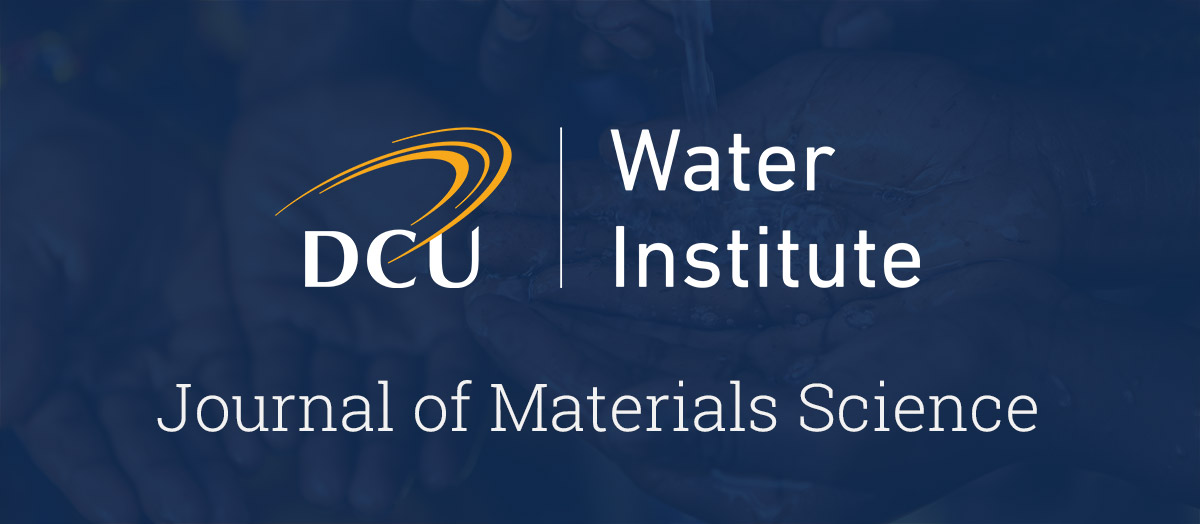Great work! DCU Water Institute’s Director, Prof Fiona Regan is published in the Journal of Materials Science.
The influence of surface topography (surface relief) on biofouling and cell settlement has been widely examined in the search for novel marine antifouling materials. Effects of surface topography on biofilms are, however, most commonly reported for laboratory experiments only. Marine diatoms are a particularly problematic group of biofouling organisms, and marine raphid diatom species are commonly used in conjunction with other assays to assess antifouling efficacy in laboratory studies. The effects of topographically structured materials on natural marine diatom fouling communities in field experiments are less commonly reported. Here, we report a number observations on the effects of microstructures created in poly(dimethylsiloxane) on diatom settlement in static field trials. It can be concluded that the effects of microscale surface topography on initial natural diatom settlement under static conditions in field tests depend upon the size, shape, adhesion strategy of the biofouling diatom species. Furthermore, while the topography of the underlying surface may influence the kinetics of cell settlement in laboratory tests, these effects can be masked by the effects of cell/mucilage aggregates and the diversity of settling cells in the natural marine environment.
Click here for the article in full.

